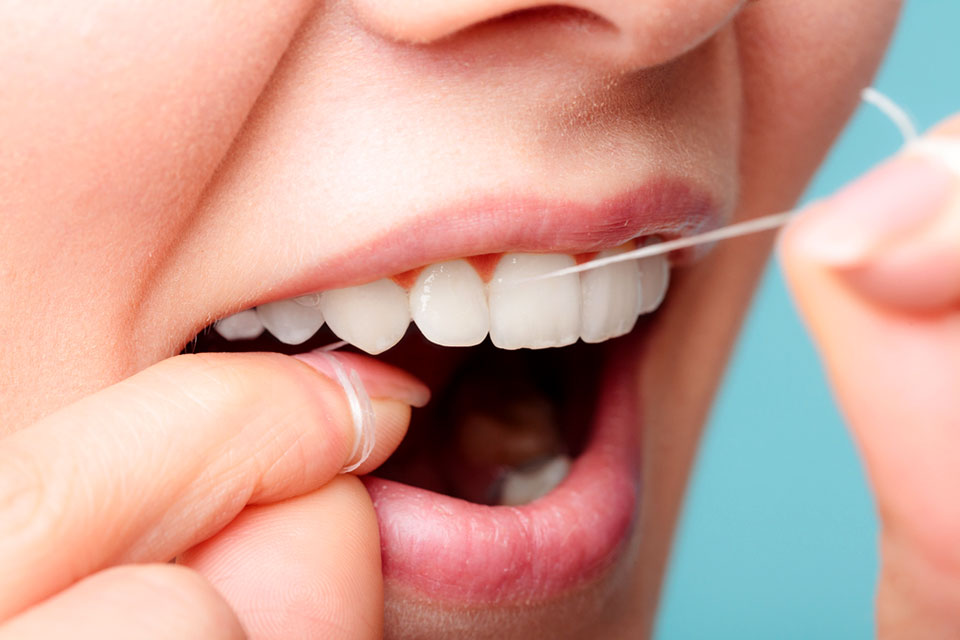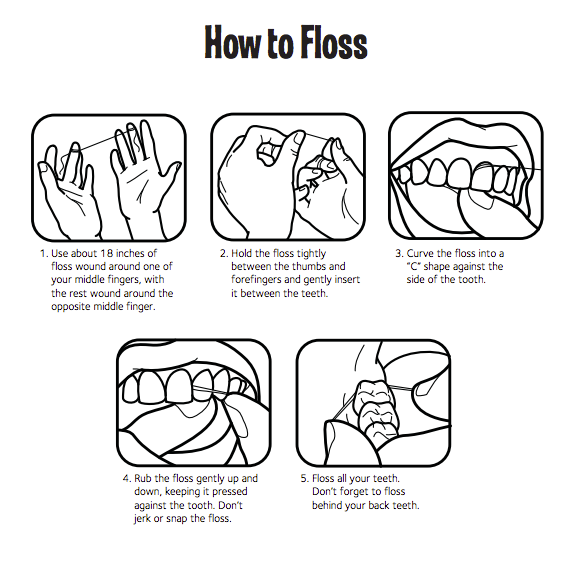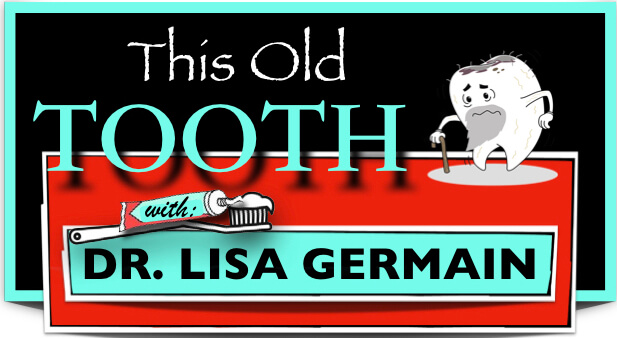I hate to floss!!!

WHY FLOSS???
I know you hate to floss. It is just one more thing to do on the endless to do list that guides our daily lives. It is easy to just brush your teeth and say, okay, that’s probably good enough. And, unless you have a big chunk of something caught between your teeth, there isn’t much motivating you to add that to your evening routine. In addition, you ask yourself, isn’t it normal for my gums to bleed?
So, I’m going to ask you this, is it normal for any other area of your body to bleed when you clean it? I hope you are answers is no.
It is not my intention to get all up in your face about what you should be doing or be judgmental. I have fallen asleep without brushing my teeth and flossing on numerous occasions! I am human. However, let me tell you why it is important to floss in addition to brushing and then you can decide for yourself.
Flossing Teeth Benefits
Believe it or not, brushing only does about 60% of the job. It can not reach the areas between your teeth. So, the acid that is generated in the sticky bacteria and plaque begins to eat away at your teeth on the uncleaned surfaces, and the bone holding your teeth in place as well. In addition your gums will become weakened and inflamed leading to periodontal disease, Flossing is the only way to remove the rest of the job because it is the only thing that can really get into that space between the teeth and remove bacteria.
Floss Picks
What about a water pick you ask? A water pick is great for dislodging large food particles and is good for wound cleansing. But, the plaque can only be removed if it is “rubbed off”. Plaque is stubborn because it is sticky and a water pick will not remove it.
There are many types of floss on the market so you might ask, what type is best. In my opinion, the best type of floss is the one that you will use. My personal favorite is the mint flavored kind. Most floss is made of either nylon or Teflon, and both work equally well. People with larger spaces between their teeth can use flat, wide dental tape. If your teeth are close together, try thinner floss. Unwaxed versus waxed is again a personal preference. If you have a problem with floss shredding you can look for a brand that is labeled a shred resistant (sometimes made of Gore-Tex).
Bridges and braces need additional things to get underneath the restorations or wires and between the teeth. Use a floss threader, which looks like a plastic sewing needle. Or look for a product called “Super Floss” that has one stiff end to fish the floss through the teeth then a spongy segment and regular floss for cleaning. If you have trouble reaching, you can use a two pronged plastic device that you can buy over the counter in the drug store called a floss threader. This can be used with one hand. And, yes, you do need to floss behind the last tooth on all four sides. Just because it doesn’t have a neighbor, doesn’t mean it doesn’t have plaque building up on its backside.
How to Use Dental Floss
You should floss at least once a day. The best way to floss is to use a piece of floss 12-18 inches long, slide it between the teeth, wrap it around each tooth in the shape of a “C,” and polish with an up and down motion. If your gums bleed, it means that the are inflamed because plaque has built up and needs to be cleaned away. Don’t let that deter you. Bleeding after a few days, however, could be a sign of periodontal disease. Talk to your dentist.


